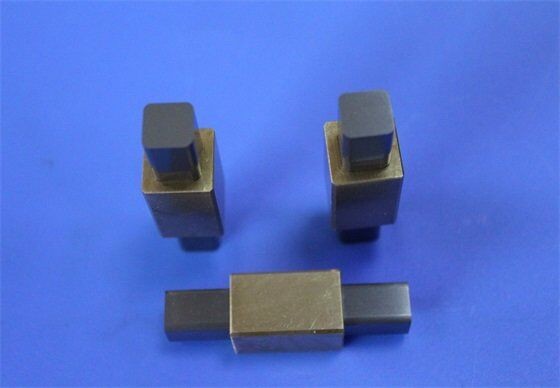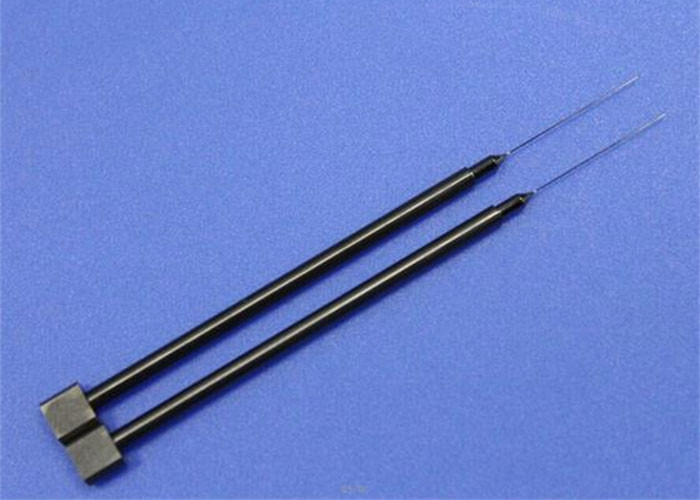High Hardness Tungsten Carbide Punch For Conventional Tool Steel Non Standard
Tungsten Carbide Punch Introduction:
We can provide tungsten steel punch precision production, non-standard shaped tungsten steel punching needle processing, hard alloy punching needle, and precision tolerance requirements can be±0.002.
Punch materials used for stamping die are various, like conventional tool steel, die steel, high-speed steel and so on. The punch used in the rotor core stamping die has special requirements, mainly it uses the tungsten steel punch series with high precision requirements and good service life. For the tungsten steel punch non-standard production and processing, the dimensional accuracy is ± 0.002, especially meeting the requirements of the precision stamping die row size. The tungsten steel punch produced mainly adopts the following common tungsten steel material
Tungsten Carbide Punch parameters:
1. CO content: 10% ~ 20%
2. Density(g/cm³): 14.0 ~ 14.5
3. Hardness: 87-92.0HRA
4. Grain size: 0.6 ~ 1.2 um
5. Bending strength: 4000MPa.
6. Modulus of elasticity (GPa):490
7. Thermal expansion coefficient 10-6/0C: 5.4.
8. The dimensions and specifications of the cemented carbide punch are customized according to the drawings, and the precision requirements are ±0. 002.
About US
We manufacture precision stator rotor core stamping die: tungsten steel rotor measuring punch, tungsten steel stator forming punch, tungsten steel stator punch, tungsten steel inner and outer rotor pushing needle, tungsten steel inner and outer rotor forming needle, tungsten steel inside and outside and series of fixed rotor core stamping die precision punch needle. The precision of tungsten steel punch used in precision molds is very high, and the consistency of the products requires that each punch of mass production must strictly meet the dimensional accuracy tolerance requirements and maximize the service life of the mold. As a tungsten steel punch needle punch used in precision molds, product consistency is a key factor, which will directly affect the life of the mold and the dimensional accuracy of the product.







